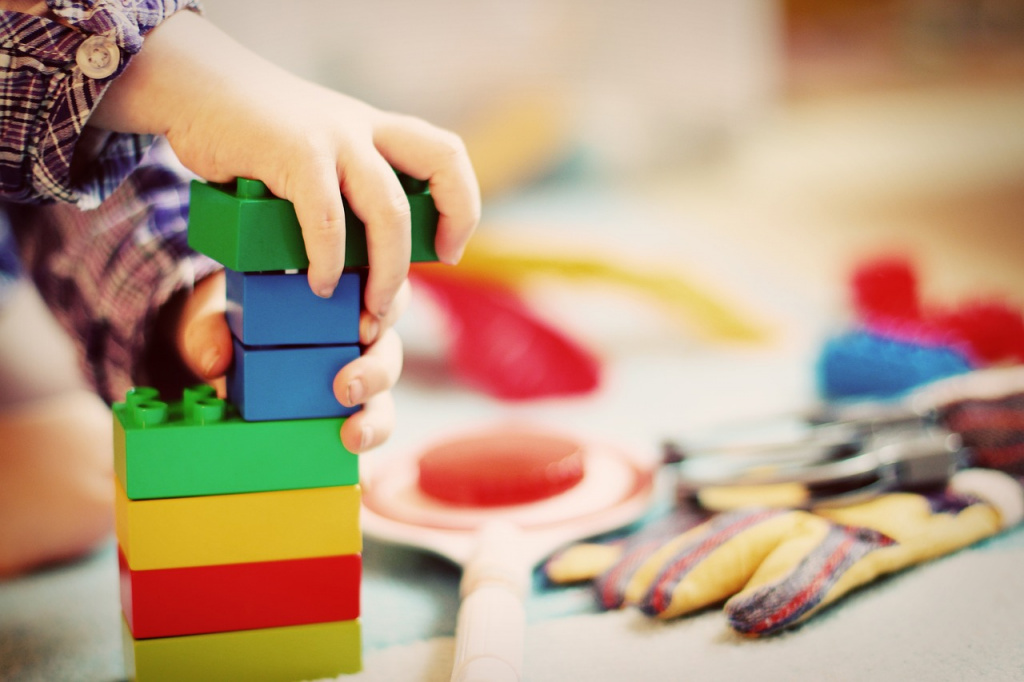
Game-based learning has become increasingly popular over recent years, with statistics showing that the game-based learning market is expected to rise from $3.5 billion in 2018 to $24 billion by 2024.
New educational tools and methods are being adapted to fit a more game-based learning curriculum, following surveys that have shown around 90% of children play digital learning games. Statistics have shown that now over 74% of teachers use digital game-based learning to enhance their lessons. With this increasing popularity and use, teachers can analyse the impact of these methods on children’s engagement and knowledge retention.
An activity-based learning environment allows children to develop their critical thinking and problem-solving skills, which can then be transferable to other educational activities and assessments.
Many recent academic studies have supported the notion that retention, motivation and efficiency is significantly enhanced through educational games, with research showing that microlearning improved learners’ performance by 17% and added 50% more to children’s engagement rate.this provides teachers with a valuable tool to ensure their retain student engagement within today’s modern classroom.
From websites to apps to interactive displays, teachers can incorporate game-based learning activities into their lesson plans to, not only ensure they keep student’s attention focuses on key topics but also to help teach students more computer-based skills.
Creating a collaborative classroom environment
As educational programmes and learning curricula become more reliant on technology, it is more important than ever to create a collaborative classroom environment for children to learn, evolve and engage with new topics and ideas as part of their learning experience.
Interactive displays have become a fundamental part of creating a cooperative learning atmosphere within the classroom. Teachers can use these tools to engage students with the whole class or group gaming sessions with apps such as Bouncy Balls and Smart Tails. These game-based learning platforms, focusing on mathematics, computing and literacy skills, can help enhance student engagement ansalso nurture their skill development in a particular subject.
Apps such as Kahoot!, Century Tech and other educational development platforms such as Oak National Academy, can all be easily accessed through interactive displays. Century Tech’s AI education platform utilises integrated AI software to create personalised learning pathways on interactive displays. From the app, teachers can review AI-suggested content which is easily accessible for lessons instantly on interactive displays, helping to enhance teaching and reduce teachers’ workload. Incorporating these applications within the existing classroom technologies helps to support teachers by providing one central device for all parts of a lesson and lesson planning.
Adding an element of competition to game-based learning can allow students to work together as groups to solve more complex puzzles and questions. Whilst these tools are paving the way for increased engagement and skills development, it also provides an element of fun to traditional mathematics and literacy lessons.
Adapting classroom technologies to new teaching methods will, not only allow teachers to create collaborative classroom environments but also support students with new and exciting ways to learn.
Successes at Play & Learn
This has proven to be quite a success in the Play & Learning Child Care Centre in Queensland, Australia. The Play & Learn Centre has introduced BenQ interactive displays into the classroom to transform teaching experiences for the next generation.

Children during early school years and pre-school often tend to have shorter attention spans, high energy, and endless curiosity, meaning that teachers need to be on their toes to keep younger students engaged and interacting with lessons. Introducing digital learning into early childhood education can provide an opportunity to enhance children’s motivation and willingness to learn and develop a variety of abilities, ranging from reading and writing to arithmetic to enhancing their social and cognitive skills and progressing their core physical development.
The introduction of the interactive displays enabled children at the Play & Learn Centres to become more confident and active learners, communicating new ideas within the classroom and engaging in wider class discussions. Ultimately, the level of confidence and skill that has been nurtured by introducing a collaborative piece of technology with prepare them for a primary transition.
Whilst improved engagement has been a key success of the introduction of the interactive displays to the classroom, this has also led to increased learning outcomes, children are retaining information and knowledge better due to their method of learning in a fun and exciting way.
Teachers at the Play & Learn Centre evaluated how digital learning technologies could enhance their classroom and the children’s experience, before installing BenQ’s interactive displays. The interactive displays together with whiteboards and pinboards collaborated in setting up the displays and provided technical training to the teachers, allowing them to effectively troubleshoot any small issues with the technologies. Following this training, the teachers were able to utilise the interactive displays effectively within their classrooms.
The interactive displays themselves allowed children to work together to complete games, tasks and other educational activities, fostering not only their educational progression but also nurturing their social and cognitive skills to set them up to move to the next stage of their primary education.
Looking to the future
The success of the Play & Learn Centre case study indicates the transition towards a more digital learning classroom environment, incorporating digital tools and technologies to foster game-based learning as a technique for further children’s engagement in complex topics.
As new technologies continue to enter the classroom, it is important that teaching methods and the curriculum adapt to harness new methods of learning. With game-based learning rapidly becoming a regular activity within today’s classroom and its integration into the educational curriculum, immersive educational experiences will become even more commonplace.
It is time for schools and other educational facilities to follow the Play & Learn Centre’s lead and incorporate digital learning and game-based teaching at an early age and continue this throughout their educational curriculum. This is only the start of digital learning, so educational institutions need to get on board now to start firmly embedding game-based learning techniques and digital technologies into the foundations of each classroom.
From this, teachers can complete technical training and enhance their lessons accordingly with the new technologies at the forefront of educational activities. The future of educational programmes is immersive and digital, and it is vital that teachers begin to adapt and incorporate game-based activities and assessments within their lessons to continue to keep students interested and invested in their own learning and future.
About the author
As the Head of Education at BenQ UK, Nicola Pearce has worked alongside key educational institutions across the UK to bring BenQ’s technologies into schools and classrooms. Nicola works closely with educational leaders to ensure the new technologies are incorporated within the existing education curriculums and IT infrastructure.
Register for free
No Credit Card required
- Register for free
- Free TeachingTimes Report every month